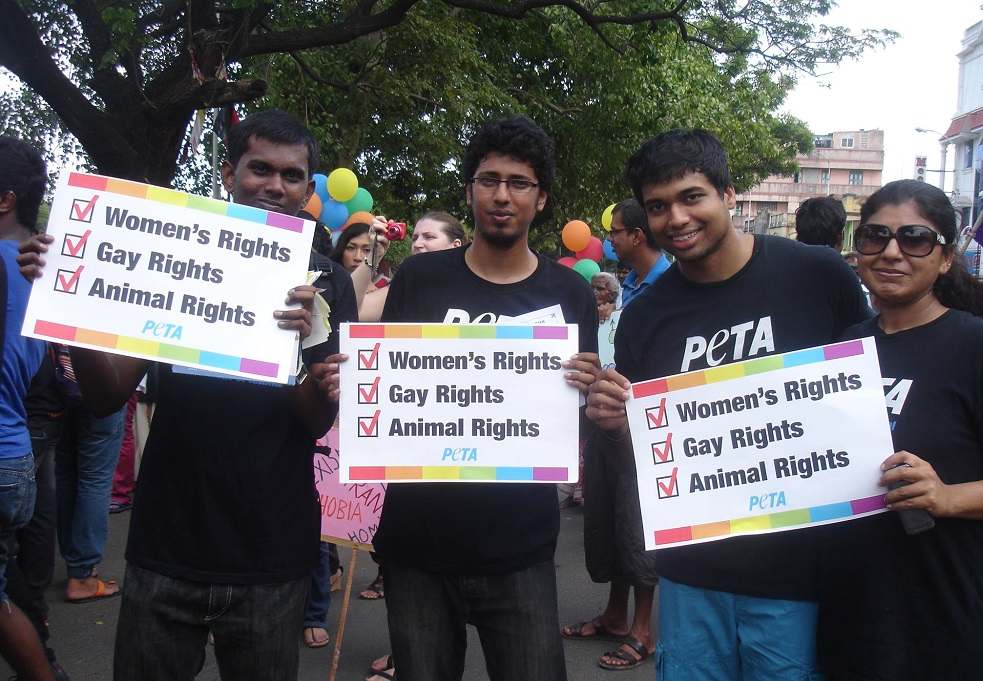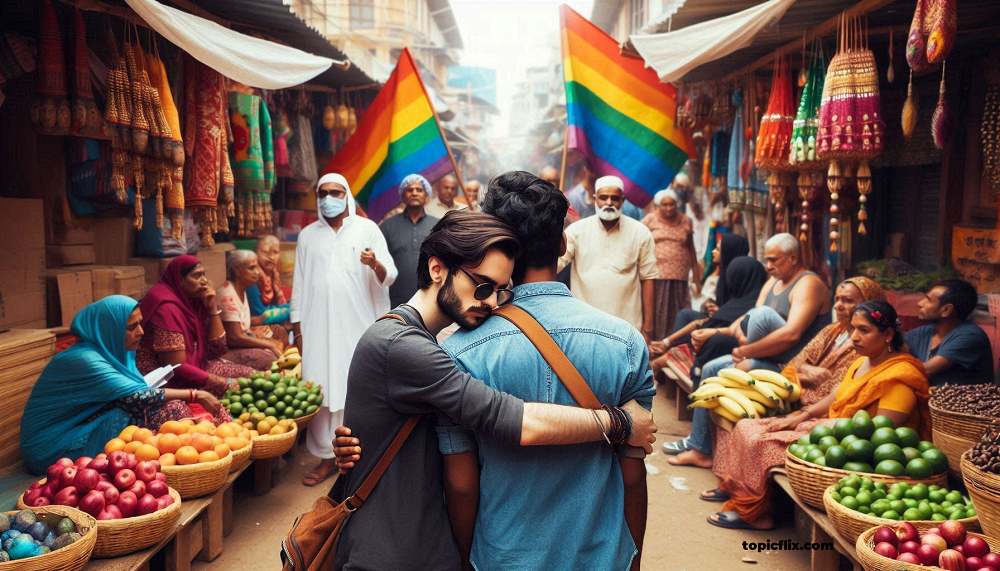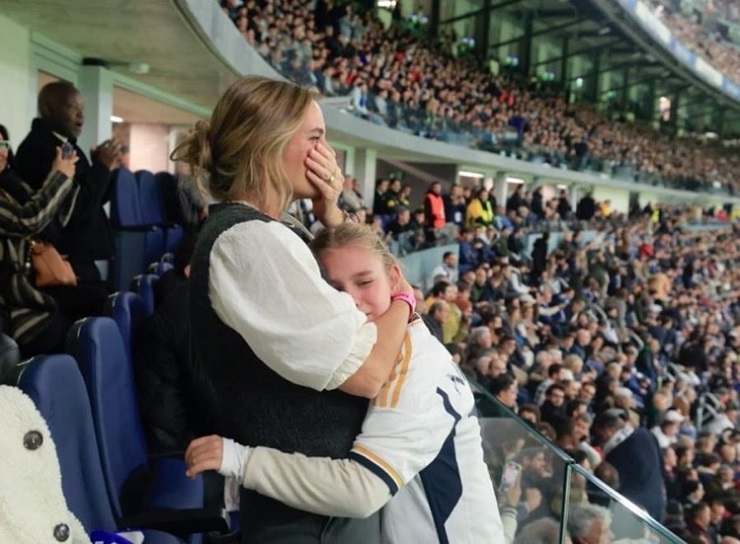whispers and Staring is a problem for Indians. Indians start staring at anything that makes them uncomfortable. They talk softly, in whispers, like about intercaste marriages. The same is the case with homosexuality. Indians will never be seen talking about it openly. Even if someone talks openly, it will be considered rebellion. A normal Indian is doing the same.
A typical Indian feels uncomfortable about the LGBT group, and most people hold negative views about the LGBT community. A significant number of sexual minorities consider India an inhospitable country due to discrimination, but much has changed since the 2018 Supreme Court decision that nullified Section 377.
Although the legal status of same-sex couples has been recognised in some cases, same-sex marriages are still not legal. There have been cases in the country where courts or other government bodies have recognised the rights of same-sex couples.
Yes, in India, people who care about their reputation cannot speak openly about their “different orientation“, although some public figures and in large urban environments are less criticised for not hiding it.

According to me, Delhi is very same sex friendly. There are restaurants and hotels here that openly host homosexual events. According to a public report, at least 21% of urban Indians claim to have attended a public event (a pride march) in support of LGBT people; 18% have attended a wedding of a same-sex couple; at least 19% have visited a bar or nightclub that caters primarily to LGBT people; and 30% claim to have spoken up against someone who was prejudiced against LGBT people.
The older generation of Indian people, as you might guess, is conservative. In addition, religious beliefs in India are becoming increasingly radical, with fundamentalists of every religion condemning homosexuality. In India, the ultra-religious and conservative people keep spreading the word that God has created only two genders, and tampering with them is unnatural. Due to this, LGBT group often faces violence.
I also found an article that said that in India after 2018, religious fundamentalists tried to disrupt the LGBT parade by shouting their discontent. The parade was, however, approved by the police. Of course, young people in India are more tolerant of LGBT people, especially in big cities. This trend is not limited to India. For example, in South Korea and Russia, many young people either do not care or are tolerant of sexual minorities.
India’s outlook is changing, especially that of urban India. There is still a lot to be done. Political and social pressure in India is now forcing people to decide what clothes they wear, what they eat, how they live. There have been attempts to reinstate section 377 and overturn the 2018 Supreme Court decision. Along with that, “legal India” is standing up for their rights. But let’s see who will win in the battle between social India and legal India.

About the Author
Ankita is a German scholar and loves to write. follow Ankita on Instagram ![]()
Real Madrid’s Frustration as Nico Paz Shines Despite Spain’s Neglect
Real Madrid is dissatisfied with Spain’s treatment of Nico Paz, a dual-nationality player, preferring him…
Why is It Forbidden to Swim at Night and in the Rain in Thailand?
Although not everyone should swim at night or in the rain, when you are spending…
Why are printed circuit board (PCBs) mostly green?
When you hear the words “printed circuit board (PCBs),” what comes to mind? Someone will confuse…
“Good night, Malaysia”, Mysterious disappearance of MH370
In 2014, East Asian airspace surprised the world in a way that has yet to…
History Mercedes 320 [Mercedes-Benz W142] and Martin Bormann, connection to Führer
The luxurious Mercedes 320 (Mercedes-Benz W142) was a status symbol of the rich then and…
Crowded Traveler Bus or Train: Public Transport Adventures in Delhi-NCR
When you want to see the “Human Sea” phenomenon, you are invited to India! It…






